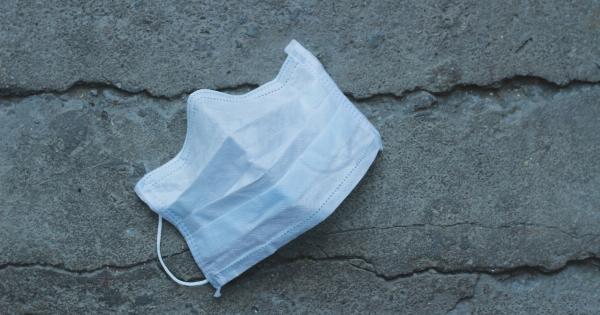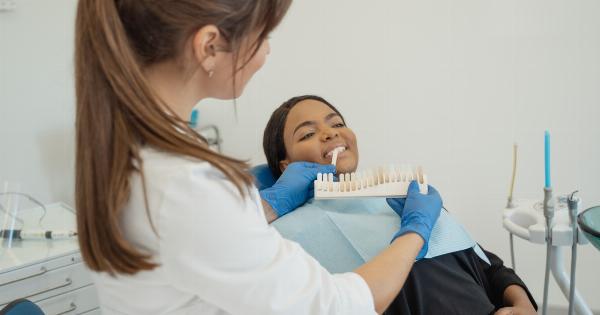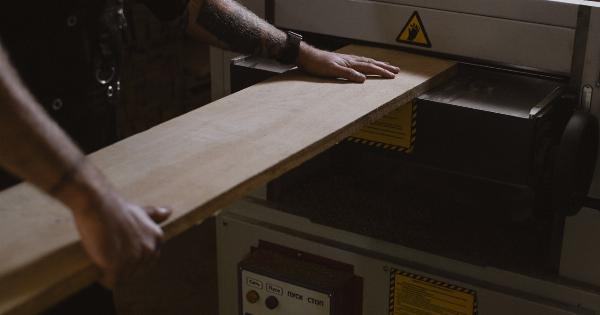Chronic prostatitis is a common urological disorder that affects a significant percentage of men worldwide. It is characterized by inflammation and swelling of the prostate gland, which can cause pain, discomfort, and urinary problems.
Although there are several treatment options available for chronic prostatitis, wave therapy is a relatively new and promising approach that has gained popularity in recent years. In this article, we will discuss the use of wave therapy in treating chronic prostatitis.
What is wave therapy?
Wave therapy is a non-invasive medical procedure that uses shockwaves to promote healing and reduce pain in various parts of the body.
It works by sending high-frequency sound waves to the affected area, which stimulate the body’s natural repair mechanisms and increase blood flow to the targeted tissues. Although wave therapy was initially used to treat kidney stones and other urogenital conditions, it has gained popularity in recent years as a treatment option for chronic prostatitis.
How does wave therapy work in treating chronic prostatitis?
Wave therapy for chronic prostatitis involves the use of focused shockwaves to target the inflamed prostate tissue. The shockwaves create microtrauma in the tissue, which stimulates the body’s immune response and promotes healing.
In addition, the increased blood flow to the prostate gland helps to reduce inflammation and swelling, which can relieve pain and other symptoms of chronic prostatitis.
What are the benefits of wave therapy for chronic prostatitis?
Wave therapy has several benefits for men with chronic prostatitis, including:.
- Non-invasive: Unlike other treatments for chronic prostatitis, such as surgery or medication, wave therapy is a non-invasive procedure that does not require incisions or anesthesia.
- Effective: Studies have shown that wave therapy can significantly reduce pain and other symptoms of chronic prostatitis, with some patients reporting complete resolution of their symptoms after treatment.
- Safe: Wave therapy has few side effects and does not pose a risk of infection or other complications.
- Painless: Wave therapy is a painless procedure that can be performed in a doctor’s office or clinic.
What are the potential risks of wave therapy?
Although wave therapy is generally considered safe and well-tolerated, there are some potential risks associated with the procedure. These include:.
- Bruising or swelling: Some patients may experience bruising or swelling at the site of treatment, which usually resolves within a few days.
- Mild discomfort: Some patients may experience mild discomfort during or after the procedure, but this usually resolves quickly.
What should I expect during a wave therapy session?
Before the procedure, your doctor will perform a physical exam and medical history to determine if wave therapy is an appropriate treatment option for your chronic prostatitis.
If you are a good candidate for wave therapy, you will be asked to lie down on a table, and a gel will be applied to the skin of your lower abdomen and perineum.
During the procedure, a handheld device will be placed on the skin, and high-frequency sound waves will be directed at the inflamed prostate tissue. You may feel a mild tingling or vibration sensation, but the procedure should not be painful.
The entire treatment session typically lasts between 20 and 45 minutes, depending on the severity of your condition.
How many wave therapy sessions will I need?
The number of wave therapy sessions required to treat chronic prostatitis varies depending on the severity and duration of your symptoms. Typically, patients undergo between 6 and 12 sessions spaced a few days apart for optimal results.
Your doctor will create a treatment plan that is tailored to your individual needs and response to therapy.
Are there any alternatives to wave therapy for chronic prostatitis?
Although wave therapy is a promising new treatment option for chronic prostatitis, there are other treatments available as well. These include:.
- Antibiotics: Antibiotics can be used to treat bacterial infections that may be causing chronic prostatitis.
- Pain relievers: Over-the-counter pain relievers, such as ibuprofen or acetaminophen, can help to relieve pain associated with chronic prostatitis.
- Alpha-blockers: Alpha-blockers relax the muscles around the prostate gland and can help to relieve urinary symptoms associated with chronic prostatitis.
- Physical therapy: Physical therapy can help to relieve pain and improve overall muscle tone in the pelvic floor muscles and surrounding tissues.
- Surgery: In rare cases, surgery may be required to remove the prostate gland or repair damage to the urinary tract caused by chronic prostatitis.
Conclusion
Wave therapy is a promising new treatment option for men with chronic prostatitis. It is safe, effective, and non-invasive, making it an attractive alternative to traditional treatments like surgery or medication.
If you are suffering from chronic prostatitis, talk to your doctor about whether wave therapy is an appropriate treatment option for your condition.




























